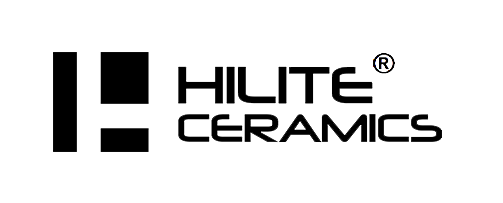With the continuous development of international trade, ceramic tiles, as an important part of building decoration materials, have a wide market around the world. For both manufacturers and distributors, efficient logistics and warehousing management is a key part of ensuring that products reach customers smoothly. In this article, we’ll introduce you to some of the best practices in tile logistics and warehouse management to help you improve efficiency and reduce costs.
The importance of logistics planning
Effective logistics planning ensures that tiles are transported with less damage and reach their destination on time. Here are a few key points:
- Packaging: Choose packaging materials that are suitable for long-distance transportation. Use protective materials such as foam and bubble wrap to wrap the tiles to avoid breakage during transportation.
- Loading: Reasonably arrange the loading order to ensure even weight distribution and avoid overloading.
- Mode of transportation: Choose the appropriate mode of transportation according to the distance to the destination and the budget, such as sea freight, air freight or land freight.
Warehouse Management Tips
Good storage management not only improves inventory turnover, but also reduces storage costs.
- Classification storage: According to the type, size and color of the tiles are classified storage, easy to quickly find.
First In First Out (FIFO): Follow the FIFO principle as much as possible to avoid the accumulation of expired or long-stored products. - Inventory Inventory: Regularly conduct inventory counts to ensure accurate records.
- Automation Tools: Utilize automation equipment and technology, such as barcode scanners, RFID systems, etc., to improve work efficiency.
International Logistics Considerations - Compliance: Ensure that all documents (e.g. invoices, packing lists, certificates of origin, etc.) meet the requirements of the importing country.
- Insurance: Purchase appropriate cargo insurance to prevent loss of goods during transportation.
- Tariffs and Taxes: Understand the tariff policies and tax calculations of the destination country to avoid additional costs.
Best Practices
A successful tile manufacturer has significantly improved the efficiency of its logistics and warehouse management by implementing the following measures:
- Digital management: Introduced an ERP system to track orders, inventory and shipment status.
- Environmental control: A temperature and humidity control system was installed in the warehouse to prevent tiles from being damaged due to environmental changes.
- Employee training: Regular training is provided to employees to ensure they are aware of the latest logistics and warehouse management techniques.
Efficient logistics and warehouse management is critical to the success of the tile industry. By implementing the best practices outlined above, you can ensure that your tiles remain competitive in the international marketplace while providing high quality service to your customers.
